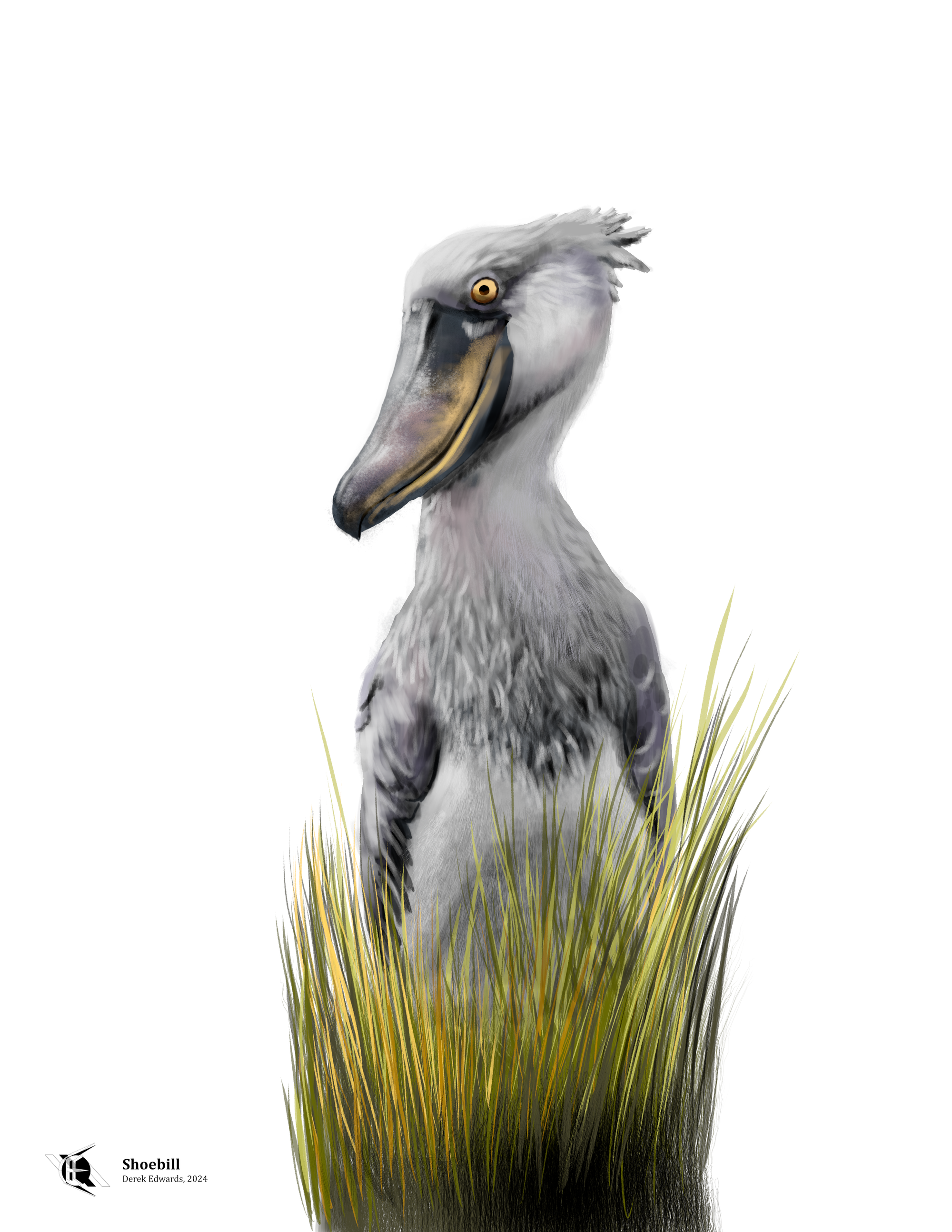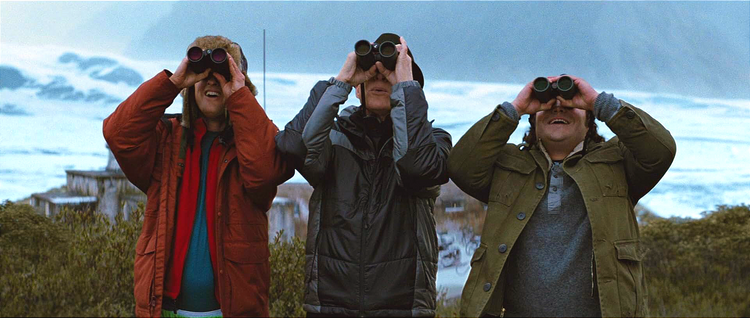
Running Commentary 1/29/2024
Hello,
Those little projects I've been working on are about ready to go live. I was hoping to start the new month with them, but I'm afraid I'm going to be very busy next weekend, so I'm taking February 5th off. RC will resume on the 12th.
Anyway...
Playing...
Warframe
DevStream 176 gave our first look at the next update, which will be coming in March. It will be bringing a new 'frame, a writer-themed warframe called Dante, who will have a tome as an exalted weapon. We weren't shown anything of Dante's abilities, or even given any idea what niche he fills, but the concept art looked neat. More interestingly, the update will bring some long-awaited fixes to the game: kubrow fur is getting fixed to look like fur, instead of weird carpet; Inaros is getting a rework to make his abilities a little more engaging; and they're finally fixing the way players will get snagged on corners while running through the tilesets. This last change will be a huge improvement for everyone, and the other two will make a lot of people happy as well.
There's not much coming in February besides the Valentine's event.
In terms of my own time in the game, I'm nearing MR 26; once I level up my Gauss Prime, I should be ready to take the qualifying test. As I understand it's similar to the MR 24 test, with the chasing capture points all around the map, only with more verticality this time. Hopefully Kullervo is as much help again.
Speaking of Gauss Prime, Ballas pronounces "Gauss" the way I do, not the way Rebecca Ford does. So there.

Bird of the Week
You find yourself in a marsh in tropical Africa, near tepid, poorly-oxygenated water. Suddenly, from the reeds, you hear a clattering racket. You quickly turn, recognizing the strange, signature sound of one of Africa's top birding targets: the Shoebill.
I've said certain birds are strange, but there are few so strange as the shoebill. For a while, the shoebill was thought to be a sort of stork,1 but recent studies indicate it belongs to the same order as pelicans and herons, though it's classified in its own monospecific family.2 It stands more than four feet high, with a large head with a namesake bill that looks like a Dutchman has hung a clog on its nose. It moves slowly, with a puppet-ish motion. The overall impression I get is that Jim Henson made a dinosaur. Like its cousins, it eats fish, showing a particular taste for the lungfish of genus Protopterus, which are themselves strange specimens, able to survive in stagnant water, and even in the air in dry stream beds.
Shoebills are known for a display, generally done at their nesting sites, in which they rapidly chatter their bills, producing a loud, machine-gun-like noise. But, really, they're generally quite silent, standing statue-still at the edge of ponds, watching for fish. They aren't easily disturbed, not typically fleeing at the sight of people, though they can be flushed if too closely approached. While not quite what you'd call a beautiful bird, the shoebill's striking appearance has made them popular exhibits in zoos, at least in the few zoos that house them.
Shoebills are not known to be dangerous to people, but many find them to be rather fearsome nonetheless. In a piece for Audubon Magazine, Nicholas Lund named it "The Most Terrifying Bird in the World", citing its violent decapitations of lungfish and baby crocodiles, which it's also known to eat on occasion, as well as its intense stare.3
Besides being called "shoebill", this bird is also known as the "whalebill" or the "whale-headed stork"; it's scientific name is Balaeniceps rex, or "king of the whale heads", this name being given by John Gould in an issue of an odd publication called The Athenæum, which was not so much a scientific journal as a literary magazine filled with advertisements for books and other magazines, among other things.4,5
- Feduccia, Alan. “The Whalebill Is a Stork.” Nature 266, no. 5604 (April 1, 1977): 719–20. https://doi.org/10.1038/266719a0.
- Van Tuinenf, Marcel, Dave Brian Butvill, John a. W. Kirsch, and S. Blair Hedges. 2001. “Convergence and Divergence in the Evolution of Aquatic Birds.” Proceedings of the Royal Society - Biological Sciences 268 (1474): 1345–50. https://doi.org/10.1098/rspb.2001.1679.
- Lund, Nicholas. “The Shoebill: Or, the Most Terrifying Bird in the World.” Audubon, January 7, 2024. https://www.audubon.org/news/the-shoebill-or-most-terrifying-bird-world.
- Gould, 1850. "Balaeniceps Rex" The Athenæum no.1207, p.1315.
- Jobling, J. A. (editor). The Key to Scientific Names in Birds of the World (S. M. Billerman et al. editors), Cornell Laboratory of Ornithology, Ithaca.
Curation Links
In Search of Lost Time | Tom Vanderbilt, Harper's
A brief history of time, or at least the units we use to measure it. “Of all the units that NIST metrologists work on, only one has never had a physical artifact: the second. Listening to NIST scientists, one gets the sense that the second has also stood apart in other ways. Theoretically, ‘the physicists could argue there is only one fundamental unit,’ Chao told me, with a hint of tentativeness in his voice. ‘And I think that’s time, or frequency.’”
The Self Balancing Monorail | Primal Space
[VIDEO] A look at an ingenious little transport invention that never really caught on. Balanced on a single row of wheels, the Brennan monorail depended on an intricate yet massive system of gyros to keep it upright as it rode along. It took only half the track of other trains, and could go quickly around turns without derailing, but its mechanical complexity and lack of neededness kept it from meaningful adoption. Think of it as the rail era’s version of the Segway. (8:33)
Into Thin AirPods | Casey Johnston, Defector
An account of losing ones wireless earphones, finding them again via electronic location tracking, and being largely unable to get them back because they’d been stolen by a tourist kid.
Stump of the World | Madeline ffitch, The Paris Review
[FICTION] "At the stop sign before the library, Emma saw Gallo painting his yellow line as he had painted it for thirty years. The line highlighted a ten-foot-long crack in the road, a rogue speed bump that, unpainted, might do some damage to your car or your neck or your teeth or your coffee. The crack had been there as long as Emma could remember. Gallo had too. Emma had watched Gallo from a young man to an old man painting his yellow line. She had watched him reletter his sign when it became tattered: DONATE TO UPKEEP THIS OUR ROAD. Gallo had a son Emma’s age, and Emma had watched Gallo teach him to paint the yellow line, to fly the sign, to approach each car’s window with his cashbox. But Gallo’s son was grown and gone. Emma hadn’t seen him since her own sons were small. Now only Teddy, her youngest, still lived at home. Emma drove him to the library Saturday afternoons because he had been caught skipping high school and shoplifting again. At the library, Teddy helped unwilling children learn to read. If he helped enough of them, he might still be allowed to graduate."
See the full archive of curations on Notion






Member Commentary